The semi-annual interior design fair Formex takes place January 18-21. But what's it all about? We spoke with Formex Project Manager Christina Olsson to find out.
What exactly is Formex? Why should people go?
Formex is the largest meeting place for Nordic interior design. Visitors get information about trends, inspiration and knowledge in the form of exhibitions and lectures.
How and why did Formex start? What is its purpose?
Formex started in 1960 and is held twice a year, in the beginning of January and in the end of August. The purpose is to be the most important meeting point for Nordic interior design, fashion and accessories.
There is a large focus on Nordic Design – the largest in both number of exhibitors and in size of designs, and not to forget unique craft from the Nordic countries.
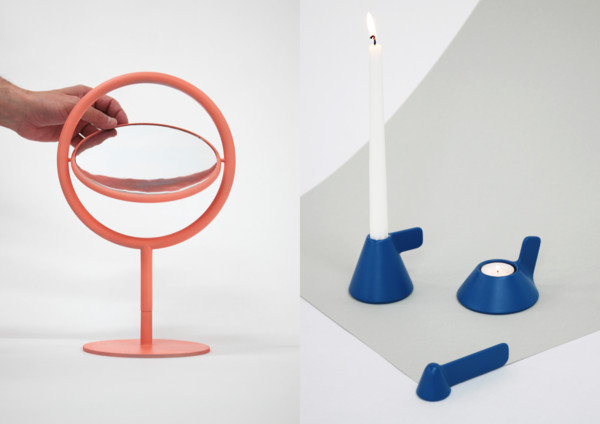
What can visitors expect? Is it only Swedish design? Nordic? International? What different types of exhibits are there?
It is Nordic design and we have 800 exhibitors and 20 000 visitors. The fair brings together national and international buyers, agents, designers, producers and media from all over the interior design and gifts industry.
What is new or different at this event, in January 2017?
All inspirational areas and quest exhibitors add new ideas and can hopefully give your visitors some new and inspiration for their upcoming work.
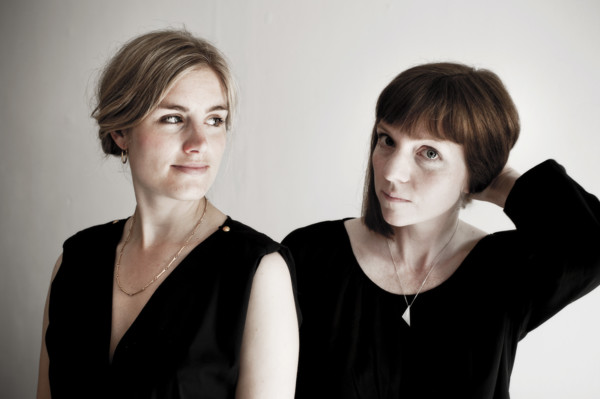
Some of the young designers at the event. Photo: Formex
Can you name five “highlights” of the event, perhaps particularly unusual or interesting exhibitors this year?
You will find some new guest exhibitors, such as the showing of Carpets as design objects. The aim of the exhibition is to display rugs that have different artistic expressions in terms of their material, technique and pattern. The rugs in the exhibition have been made by architects, artists and designers.
Also there is Sashiko – a old Japanese technique in handcraft.
Sashiko, which was developed in the 600s and 700s in Japan,is both a decorative reinforcement stitching and functional embroidery. In the exhibition at Formex, traditional Sashiko patterns from northern Japan meet Sashiko modern fashion patterns created by Scandinavian designers.
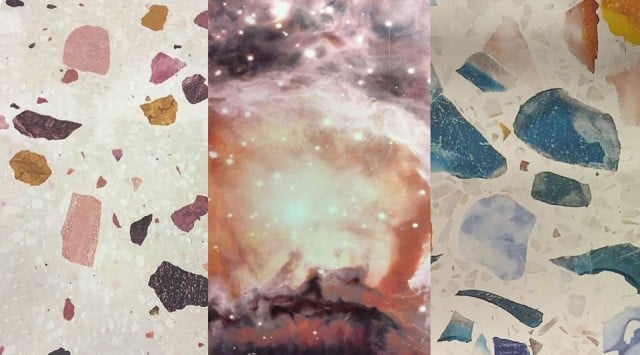
And of course two large inspirational exhibits are those showing the theme Nordic space and the three trends: Austronautica, Monlith, and Milk & Flowers.
The Young Designers area is always interesting –there you can see young ad upcoming designers presenting their work.
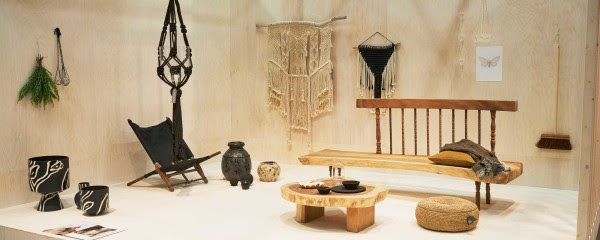
Check out the Formex website to learn more
That's all from Christina Olsson. But want a little more Formex?
One of the many designers at Formex this year is Viktoria Månström, with her line of products Anna Viktoria. She has quickly become a leading designer in Sweden.
”Everything I design has a Scandinavian touch and a modern design, built on Swedish traditions,” the designer says. “I take the past of Sweden and bring it into the present.”
And they're covered in modern Swedish art, such as reindeer and elk.
“I actually started with the Dala horse. I come from Dalarna so it felt like the right place to begin.”
While the Dala horse is a classic Swedish symbol, Månström's version is a perfect example of contemporary Scandinavian design – clean, simple, modern and unique, mixing colours and patterns in an innovative way without looking too busy.
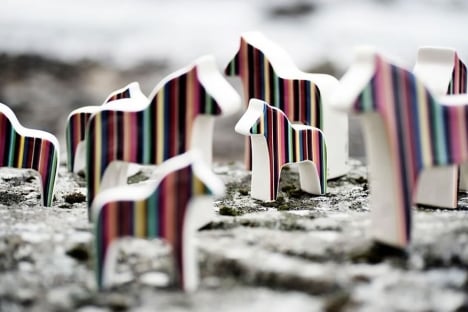
And of course they're made beautifully and sustainably.
”My products are truly Scandinavian; products that convey Sweden. And they also last. They're items you can really use in everyday life.”

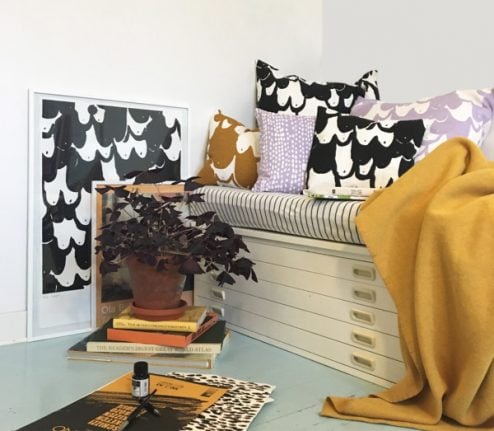
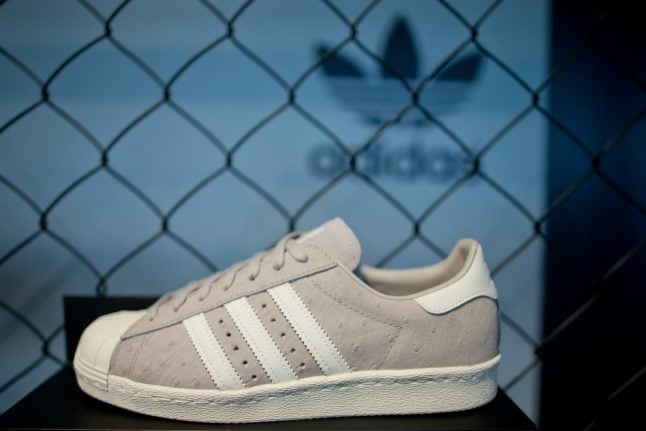
 Please whitelist us to continue reading.
Please whitelist us to continue reading.